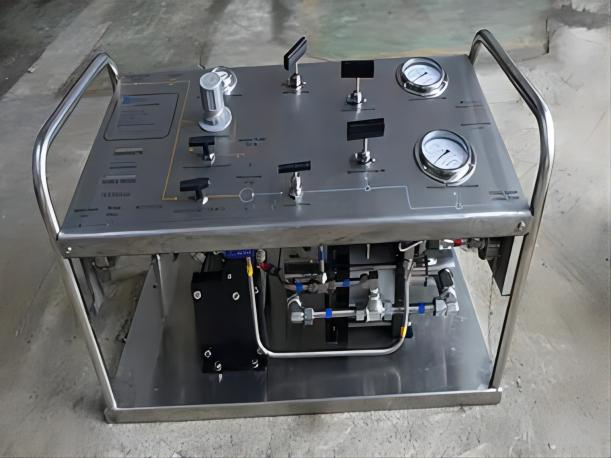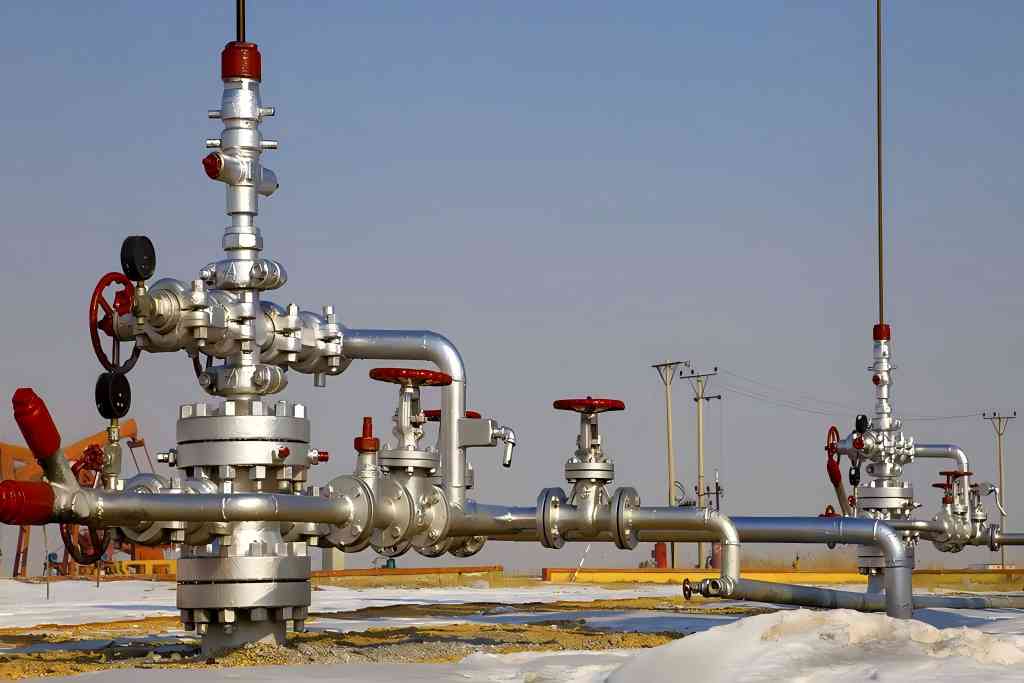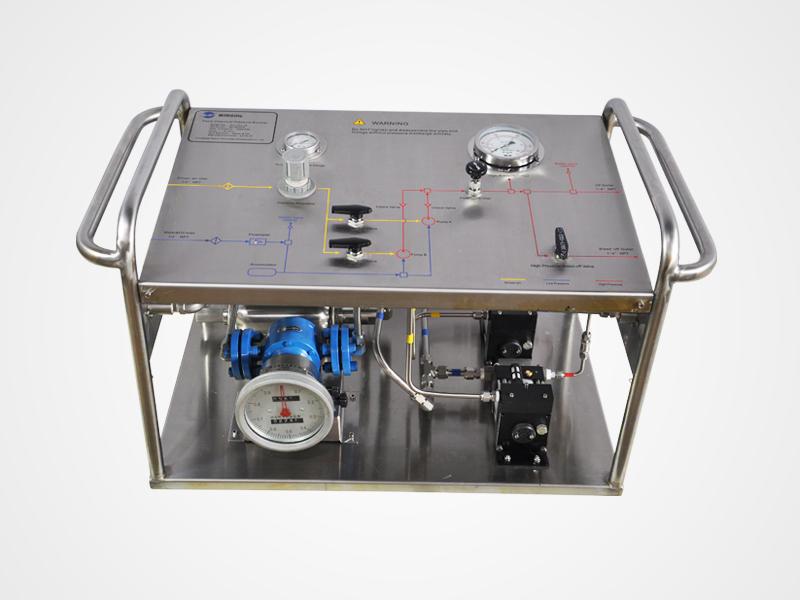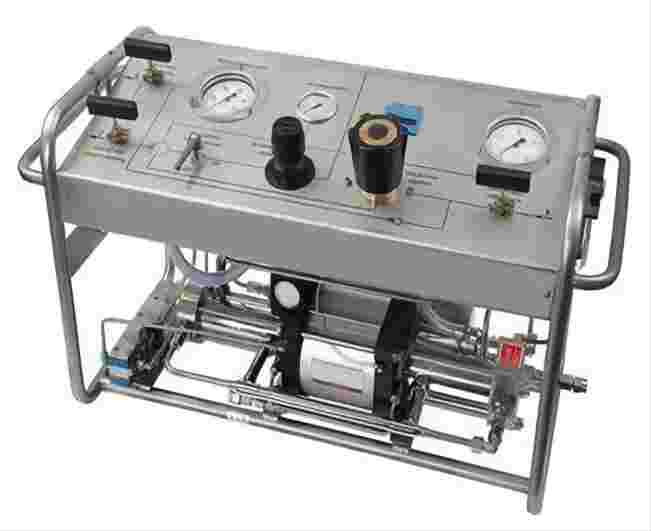Types of Hydrostatic Test Pumps and Their Applications
Hydrostatic test pumps are essential tools used for a wide range of applications in industries like plumbing, oil and gas, manufacturing, and more. These versatile devices are designed to evaluate the integrity of vessels, piping systems, and other components by subjecting them to hydraulic pressure. In this article, we will delve into the world of hydrostatic test pumps, exploring the various types available, how they work, and their applications.
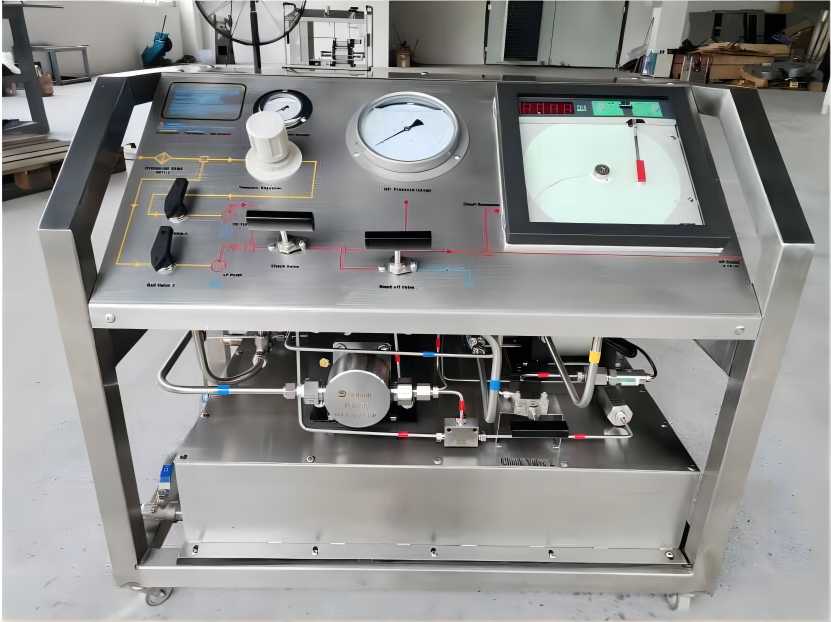
What is a Hydrostatic Test Pump?
A hydrostatic test pump is a mechanical device used to apply hydraulic pressure to a vessel, pipeline, or other system in order to assess its ability to withstand the stress of the operational environment. This is achieved by filling the system with a liquid, typically water, and pressurizing it to a specified level. The pressure is then maintained for a predetermined period, during which any weaknesses or leaks in the system become evident.
How Do Hydrostatic Test Pumps Work?
Hydrostatic test pumps work by using a positive displacement pumping mechanism to pressurize a fluid. The fluid is typically water, but it can also be oil or another liquid. The pump pressurizes the fluid by trapping it in a chamber and then reducing the volume of the chamber. This forces the fluid out of the pump and into the system being tested.
What are the Different Types of Hydrostatic Test Pumps?
Hydrostatic test pumps come in a variety of types, each with its own set of advantages and disadvantages. These types include electric hydrostatic test pumps, pneumatic hydrostatic test pumps, and hand-operated hydrostatic test pumps.
Electric hydrostatic test pumps: Electric hydrostatic test pumps are the most versatile type of hydrostatic test pump. They can generate high pressure and flow rates, and they are relatively quiet and easy to use. Electric hydrostatic test pumps are ideal for a wide range of applications, including pressure testing vessels and piping systems, leak testing, proof testing, calibration, and flushing.
Pneumatic hydrostatic test pumps: Pneumatic hydrostatic test pumps are powered by compressed air. They are portable and easy to transport, and they do not require a power source. Pneumatic hydrostatic test pumps are relatively inexpensive, making them a good option for budget-minded buyers. However, they can be noisy and difficult to generate high pressure. Pneumatic hydrostatic test pumps are best suited for low-pressure applications, such as leak testing and flushing.
Hand-operated hydrostatic test pumps: Hand-operated hydrostatic test pumps are the most basic type of hydrostatic test pump. They are powered by a hand crank, and they are relatively inexpensive and portable. However, hand-operated hydrostatic test pumps can be difficult to generate high pressure and tiring to use for long periods of time. Hand-operated hydrostatic test pumps are best suited for low-pressure applications, such as leak testing and flushing.
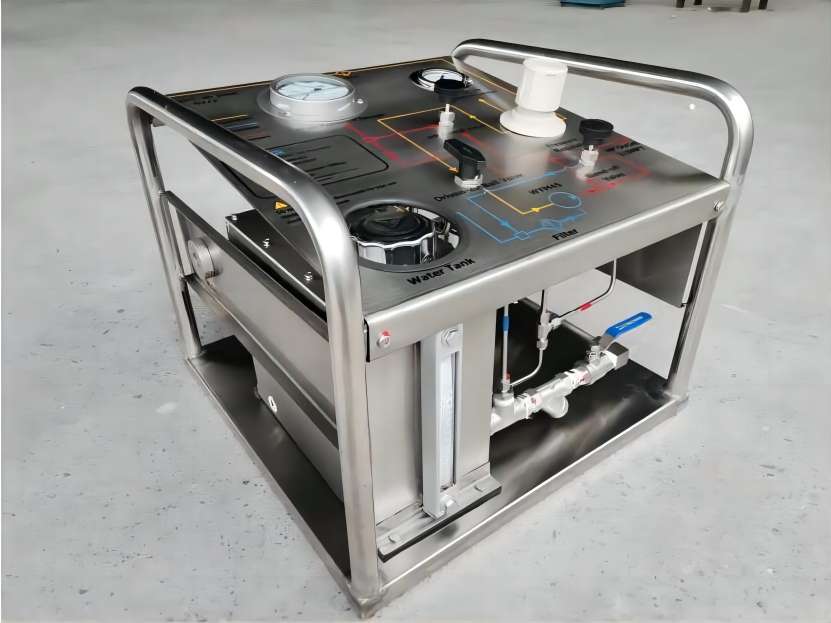
What are the Applications of Hydrostatic Test Pumps?
Hydrostatic test pumps find their use in various industries, offering a diverse range of applications:
- Pressure testing of vessels and piping systems: One of the primary applications of hydrostatic test pumps is pressure testing. They are employed to verify the structural integrity of vessels, pipelines, and other hydraulic systems. By pressurizing the system, any leaks or weaknesses can be identified and addressed before they become operational issues.
- Leak testing: Leak testing is crucial in industries where even the smallest leak can lead to environmental hazards or substantial losses. Hydrostatic test pumps are used to check for leaks in a controlled and precise manner, ensuring the safety and reliability of systems.
- Proof testing: Proof testing is the practice of subjecting a component or structure to a higher than normal operating pressure to ensure it can withstand extreme conditions without failure. Hydrostatic test pumps are instrumental in conducting such tests to validate the safety of various systems.
- Calibration: Hydrostatic test pumps are also used for calibration purposes. They can be employed to verify the accuracy and performance of pressure sensors, gauges, and other measurement instruments. This is critical for maintaining the precision and reliability of monitoring systems.
- Flushing: Flushing is the process of cleaning and removing contaminants from pipelines and systems, such as those used in the oil and gas industry. Hydrostatic test pumps can be used to flush these systems by pressurizing and circulating a flushing fluid to eliminate any foreign substances and ensure the cleanliness of the system.
Tips for Choosing the Right Hydrostatic Test Pump
When choosing a hydrostatic test pump, it is important to consider the following factors:
- Pressure rating: The pressure rating of the pump must be equal to or greater than the pressure that you need to test the system at.
- Flow rate: The flow rate of the pump must be sufficient to pressurize the system in a timely manner.
- Power source: Consider whether you need an electric, pneumatic, or hand-operated hydrostatic test pump.
- Portability: Consider how portable the pump needs to be. If you need to move the pump around frequently, then you will need a lightweight and portable model.
- Price: Hydrostatic test pumps range in price from a few hundred dollars to several thousand dollars. Choose a pump that fits your budget and your needs.
Safety Precautions When Using Hydrostatic Test Pumps
When using hydrostatic test pumps, it is important to follow all safety precautions. The following are some general safety precautions:
- Always wear appropriate personal protective equipment (PPE): This includes safety glasses, gloves, and hearing protection.
- Use the pump only for its intended purpose: Hydrostatic test pumps are designed to test the pressure integrity of vessels and piping systems. Do not use a hydrostatic test pump for any other purpose.
- Do not exceed the pump’s pressure rating: Exceeding the pump’s pressure rating can cause the pump to fail and could result in serious injury or death.
- Be aware of the potential hazards of working with pressurized systems: Pressurized systems can be dangerous if not handled properly. Be aware of the potential hazards before using a hydrostatic test pump.
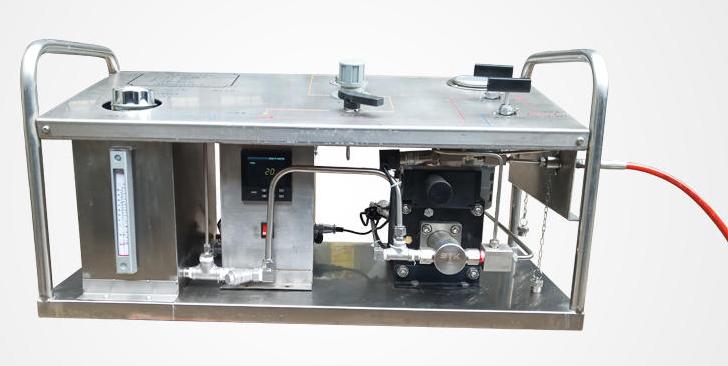
Conclusion
In conclusion, hydrostatic test pumps are vital tools in various industries, serving a range of critical applications. Electric hydrostatic test pumps offer clean and efficient operation, while pneumatic pumps provide portability and ease of use. Hand-operated pumps, although more physically demanding, remain a cost-effective option for those with lower-pressure testing needs.
When choosing the right type of hydrostatic test pump for a specific application, it is essential to consider factors like the required pressure, portability, power sources, and budget. Understanding the pros and cons of each type will help you make an informed decision and ensure the safety and integrity of your systems. Whether you need to pressure test vessels, detect leaks, conduct proof tests, calibrate instruments, or perform flushing, the appropriate hydrostatic test pump is a valuable tool in your arsenal.

